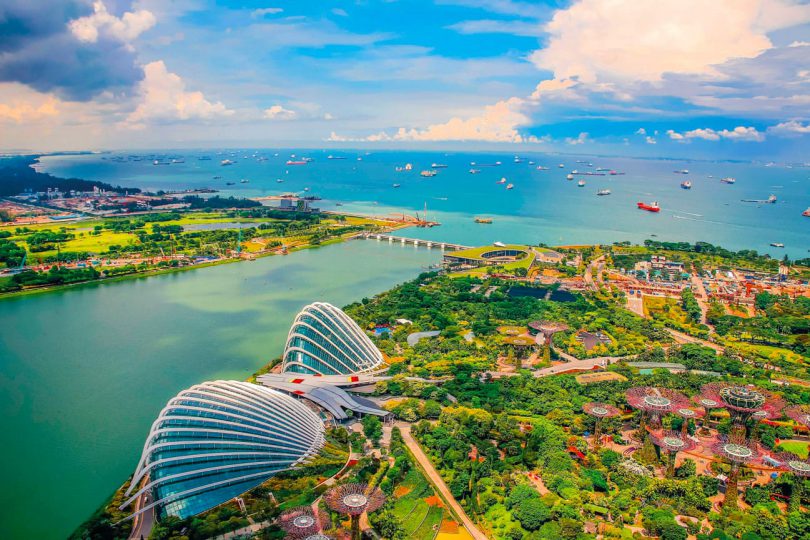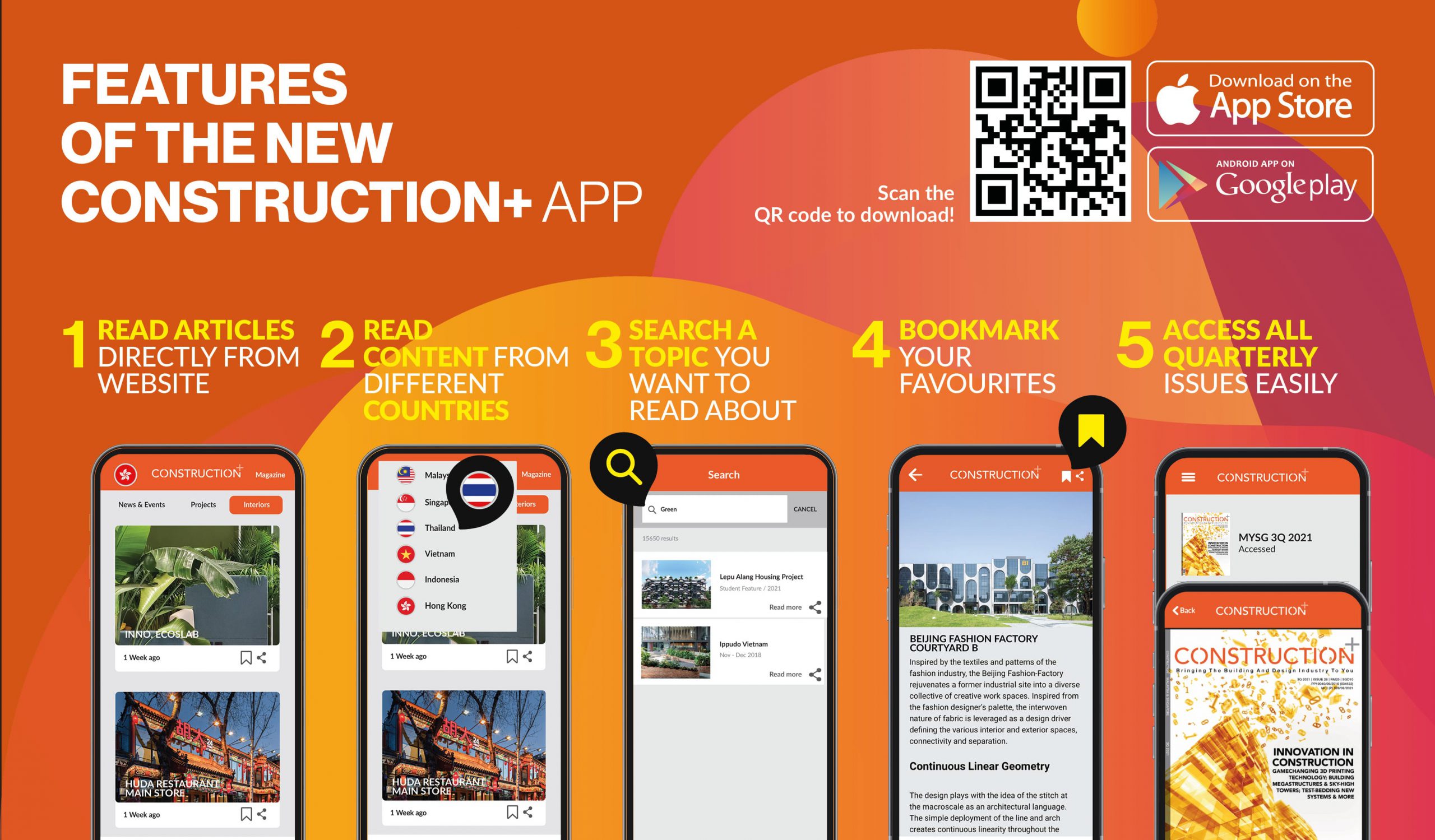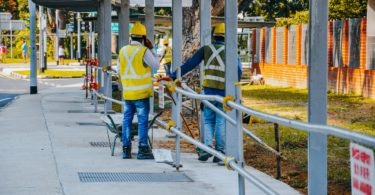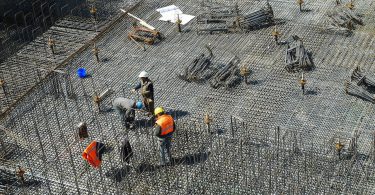By Pang Pei Song
It is impossible to talk about urban development without referencing sustainability in today’s socio-economic and environmental climate. Looming large are the increasingly felt effects of climate change and related crises such as unprecedented heat waves and floods. The little red dot has set forth an ambitious plan to be a low carbon footprint society. The Singapore Green Plan 2030 is a national agenda to elevate the country’s sustainable deployment and a roadmap to creating a greener, more sustainable and resilient future for the country.
The nationwide movement to advance the national agenda on sustainable development features five key pillars: City in Nature; Sustainable Living; Energy Reset; Green Economy; and Resilient Future. To achieve these, the Singapore government has started introducing a multitude of new initiatives and targets1 in the areas of green finance, sustainability, solar, electric vehicles (EVs) and innovation.
CONSTRUCTION SECTOR’S VITAL RESPONSIBILITY
The transition to adopting a greener lifestyle will place a vital responsibility on the construction industry to design sustainable and eco-friendly buildings to make Singapore greener. To support these goals, the Building and Construction Authority (BCA) launched the BCA Green Mark 2021, an internationally recognised green building certification scheme designed to evaluate a building’s environmental impact and performance, raising Singapore’s built environment sustainability standards.
We will have to adapt to how we enhance and manage our shared spaces in the future. Starting off on the right note, it will be vital to focus on designing the buildings sustainably by using principles that reduce energy consumption. For example, by following passive building design principles, we can orient future buildings and public spaces in a way that maximises the use of natural wind for thermal comfort and allows natural daylight to penetrate deep inside the building spaces. This spatial strategy can help reduce the need for air-conditioning systems and artificial lighting, bringing about significant cost savings to end-users. Moreover, we should focus on human-centric designs with improved air quality, efficient cooling systems, heat recovery systems and smart building technologies.
The transition to adopting a greener lifestyle will place a vital responsibility on the construction industry to design sustainable and eco-friendly buildings to make Singapore greener.
THE GREAT LEAP FORWARD WITH URBAN TRANSFORMATION
To transform Singapore into a city in nature, the first transition is to harness solar energy to reduce the overall carbon footprint. Solar energy is one of the most viable sources of alternative energy for Singapore due to its tropical climate, which provides us with 50 per cent more solar capture2.

ER. PANG PEI SONG
Technical Director, Mechanical & Electrical, WSP Consultancy Pte Ltd
Pang Pei Song is a certified Professional Engineer (Mechanical) with 14 years of experience in the design of mechanical systems for building projects and project management of various commercial projects. He was awarded the ACES Young Engineer of the Year 2017 to recognise his excellent contribution in the built environment and the Young Green Engineer of the SGBC-BCA Sustainability Leadership Awards 2019 for his accomplishment in green and sustainability. He served as the project manager to lead major projects, including Project Jewel in Changi Airport; the Redevelopment of the Funan Digital Mall and Ocean Financial Centre; and the Park Mall Redevelopment at 9 Penang Road. He has also been appointed the qualified person for various tenancy fit out works and commercial developments.
This is an excerpt. The original article is published in Construction+ Q3 2022 Issue: Urban Development.
Get the print magazine or subscribe to the digital edition to read the complete article.












